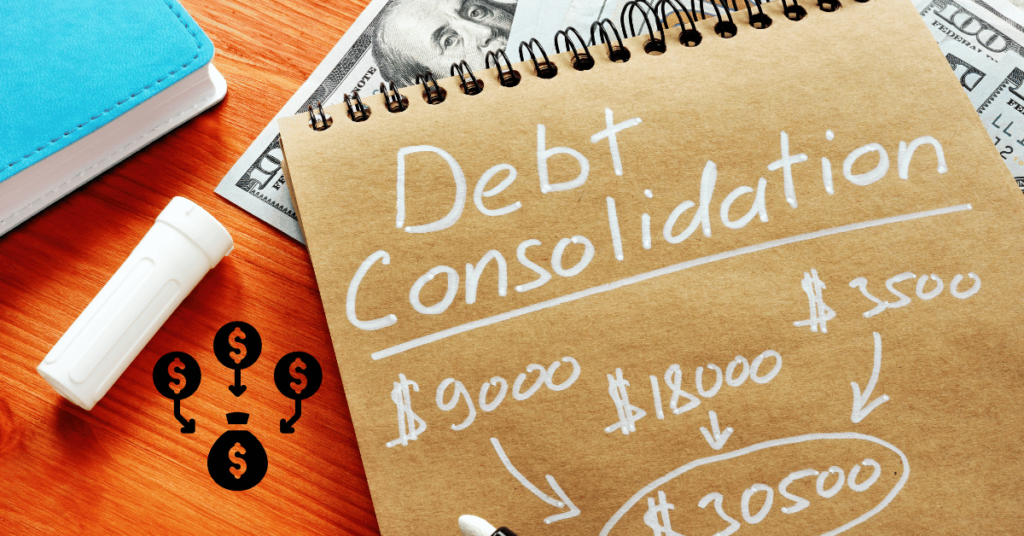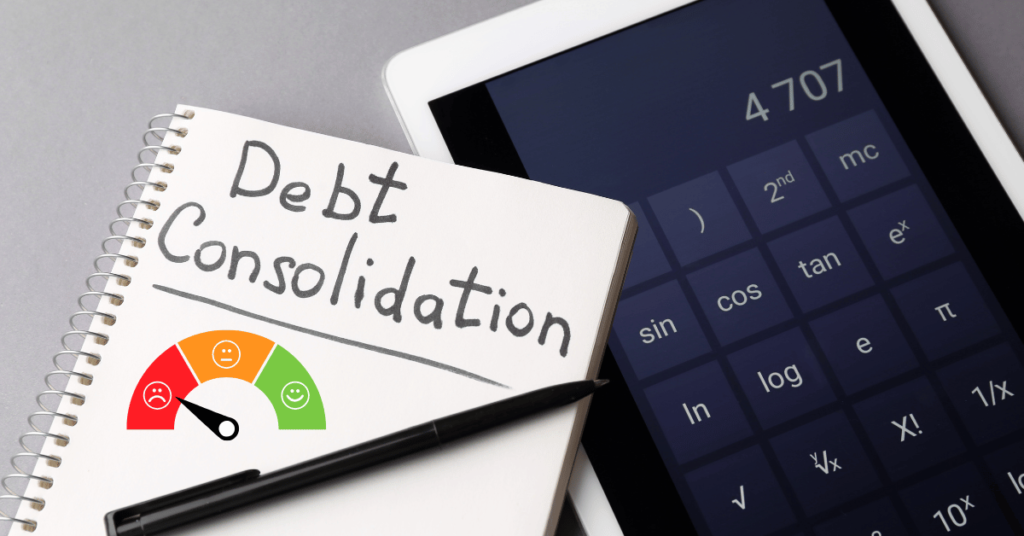Credit card debt can be burdensome, especially when interest rates are high. Many individuals look for effective ways to manage and reduce their credit card debt. One popular method is credit card refinancing through personal loans. This comprehensive guide will explore how to use loans for credit card refinancing, the benefits, risks, and essential considerations before proceeding.
What is Credit Card Refinancing?
Credit card refinancing involves paying off existing credit card debt using a new loan, often with a lower interest rate. This process helps streamline payments and can save money on interest over time. By consolidating multiple credit card balances into a single loan, borrowers can simplify their financial obligations.
How to Refinance Credit Card Debt with a Loan
Refinancing credit card debt with a loan involves several steps:
1. Assess Your Credit Situation
Before applying for a loan, check your credit score and review your credit report. A higher credit score can help you secure better loan terms. If your credit score is low, consider taking steps to improve it before applying for a loan.
2. Shop for Lenders
Research various lenders to find the best loan options for credit card refinancing. Compare interest rates, fees, and loan terms. Look for:
- Interest rates
- Loan amounts
- Repayment terms
- Customer reviews
3. Calculate Your Needs
Determine how much you need to borrow to pay off your credit card debt. Add up the total balances on your credit cards, including any fees or penalties, to get an accurate figure.
4. Apply for the Loan
Once you’ve chosen a lender, complete the loan application. Be prepared to provide:
- Proof of income
- Employment details
- Credit score
- Information about your debts
5. Use the Loan to Pay Off Credit Card Debt
If approved, you’ll receive the loan funds. Use these funds to pay off your credit card balances in full. Make sure to contact your credit card companies to ensure the payments are processed correctly.
6. Make Timely Payments on Your New Loan
After consolidating your debts, focus on making timely payments on your new loan. Set up reminders or automatic payments to avoid missed payments and potential late fees.
Benefits of Using Loans for Credit Card Refinancing
1. Lower Interest Rates
One of the primary advantages of using a loan for credit card refinancing is the potential for lower interest rates. Personal loans typically have lower rates than most credit cards, helping you save money on interest payments.
2. Simplified Payments
By consolidating multiple credit card debts into a single loan, you simplify your monthly payments. Instead of juggling several due dates and amounts, you’ll only need to make one payment each month.
3. Fixed Monthly Payments
Personal loans often come with fixed interest rates, meaning your monthly payment will remain the same throughout the loan term. This predictability can help with budgeting.
4. Improved Credit Score
If you manage your new loan responsibly and make timely payments, it can positively impact your credit score over time. Reducing credit card balances can also lower your credit utilization ratio, further benefiting your score.
Risks of Using Loans for Credit Card Refinancing
1. Risk of New Debt
If you continue to use your credit cards after refinancing, you might accumulate new debt, which can worsen your financial situation. It’s essential to avoid using credit cards until you have a solid plan for managing your finances.
2. Fees and Closing Costs
Some lenders may charge fees or closing costs for personal loans, which can add to the overall expense of borrowing. Be sure to factor these costs into your calculations when considering refinancing.
3. Longer Repayment Period
While a lower monthly payment can be attractive, it might also mean a longer repayment period. This could lead to paying more interest over time, so consider the overall cost of the loan before proceeding.
4. Impact on Credit Score
Applying for a new loan can temporarily impact your credit score due to the hard inquiry from the lender. However, the long-term benefits of consolidating debt and making timely payments can outweigh this initial dip.
Conclusion
Using loans for credit card refinancing can be an effective strategy for managing and reducing credit card debt. By securing a loan with lower interest rates and simplifying payments, borrowers can take control of their financial situation. However, it’s crucial to approach this option with caution, ensuring that you manage your finances responsibly to avoid accumulating new debt. Always consider consulting a financial advisor to assess your specific circumstances before making significant financial decisions.
If you have any questions feel free to comment down below. We are always here to guide you!
FAQs
1. What is credit card refinancing?
Credit card refinancing involves using a new loan to pay off existing credit card debt, often to secure a lower interest rate.
2. How can I refinance my credit card debt with a loan?
To refinance credit card debt, apply for a personal loan, use the funds to pay off your credit cards, and focus on repaying the loan.
3. What are the benefits of refinancing credit card debt?
Benefits include lower interest rates, simplified payments, fixed monthly payments, and potential improvements to your credit score.
4. Are there any risks associated with refinancing credit card debt?
Yes, risks include the potential for new debt, fees or closing costs, longer repayment periods, and possible impacts on your credit score.
5. Should I consult a financial advisor before refinancing my credit card debt?
Yes, consulting a financial advisor can help you evaluate your financial situation and determine if refinancing is the right option for you.




